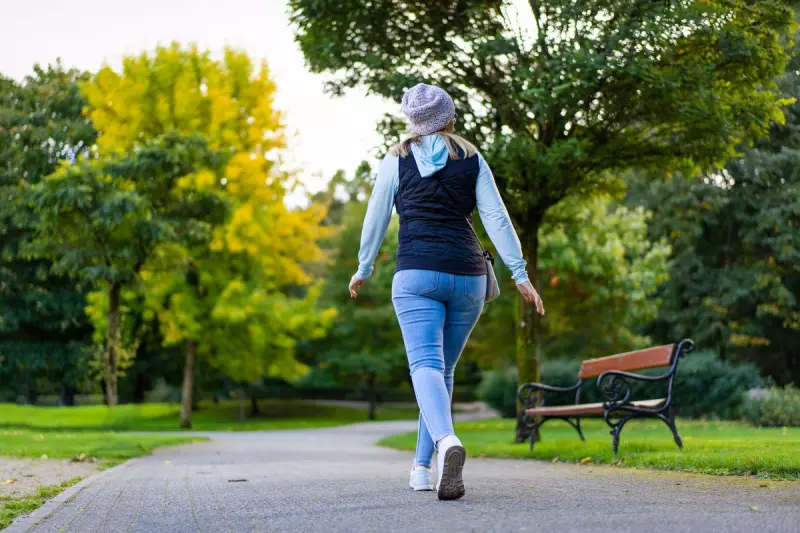
As temperatures drop and daylight hours shorten, many Britons abandon their daily walking routines. However, emerging research reveals that maintaining your step count during winter months delivers exceptional health benefits that might surprise you.
The Cold Truth About Winter Walking
Contrary to popular belief, walking in colder weather provides advantages that warmer months can't match. The body works harder to regulate temperature, potentially burning more calories. Crisp winter air also tends to be cleaner, and exposure to daylight - even when overcast - helps combat Seasonal Affective Disorder (SAD).
Why 10,000 Steps Matters More in Winter
While the 10,000-step target originated as a marketing tool, it remains a valuable benchmark for maintaining activity levels when hibernation seems tempting. Regular winter walking:
- Boosts immune function during cold and flu season
- Improves circulation to combat cold extremities
- Enhances mood through endorphin release
- Maintains joint mobility that often stiffens in cold weather
Expert Tips for Safe Winter Walking
Navigating icy paths and limited daylight requires strategic adjustments:
- Layer strategically with moisture-wicking base layers and wind-resistant outer shells
- Choose footwear carefully - look for grippy soles to prevent slips on frosty surfaces
- Time your walks for maximum daylight exposure, even if it means a lunchtime stroll
- Stay visible with reflective clothing as twilight arrives earlier
- Warm up indoors before heading out to prepare muscles for colder conditions
Adapting Your Routine for Winter Success
Don't let perfect be the enemy of good. If hitting 10,000 steps seems daunting in winter conditions, break your walking into shorter, more frequent sessions. Indoor alternatives like shopping centres or stair climbing can supplement outdoor activity during particularly harsh weather.
The key is consistency rather than perfection. Even modest activity maintained through winter pays dividends for both physical and mental health when spring arrives.





